LDAR-Sim
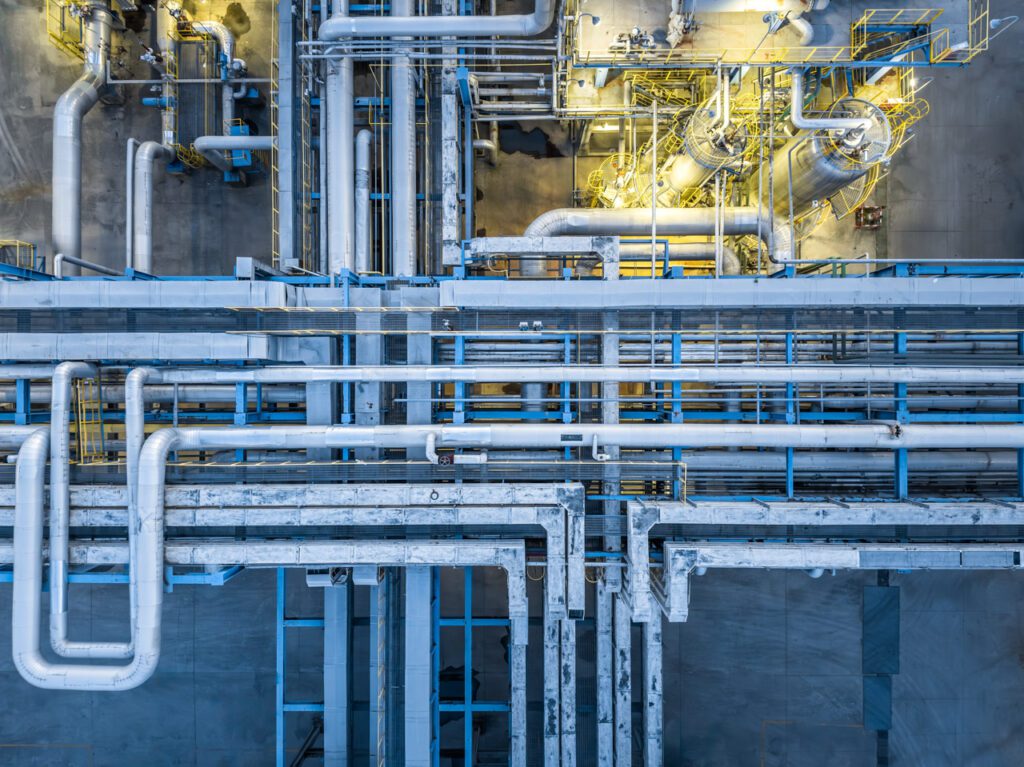
Open-source tool for modeling and comparing different LDAR programs. LDAR-Sim is a computer model that simulates an asset base of oil and gas facilities, the emissions they produce, and the work crews that use different technologies and methods to detect and quantify emissions. LDAR-Sim replicates the complex reality of LDAR in a virtual world and […]
Fugitive Emissions Abatement Simulation Toolkit
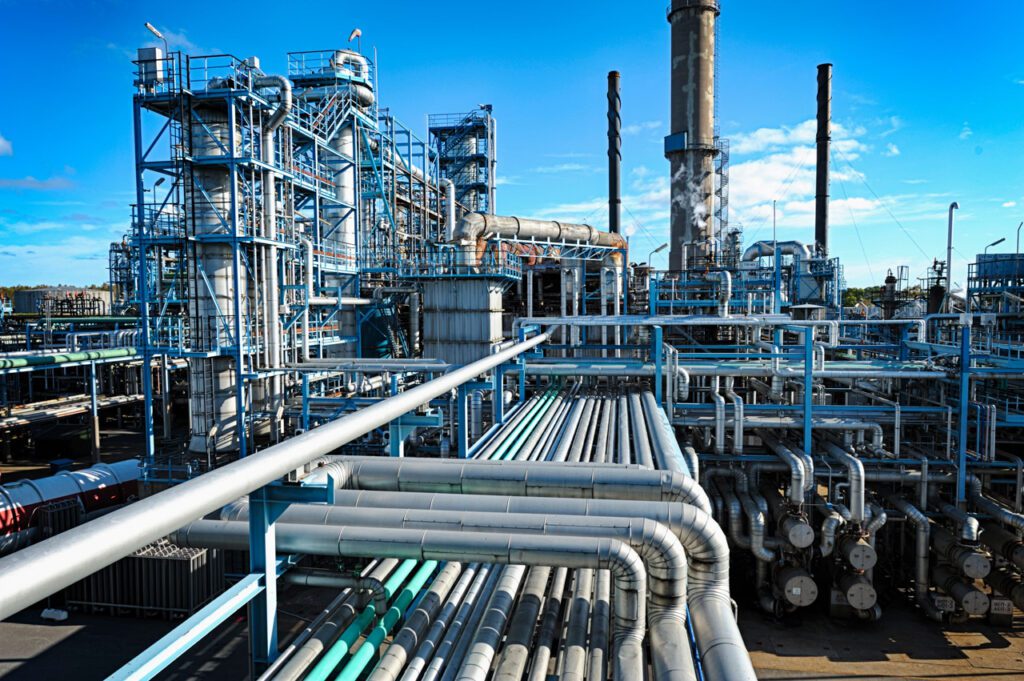
The Fugitive Emissions Abatement Simulation Toolkit or FEAST is a model to evaluate the effectiveness of methane leak detection and repair (LDAR) programs at oil and gas facilities. Recent advances in the development of new fixed (continuous monitoring systems) and mobile (truck-, drone-, plane-, and satellite-based) methane leak detection technologies have led to growing interest […]
Qube Technologies continuous monitoring probability of detection
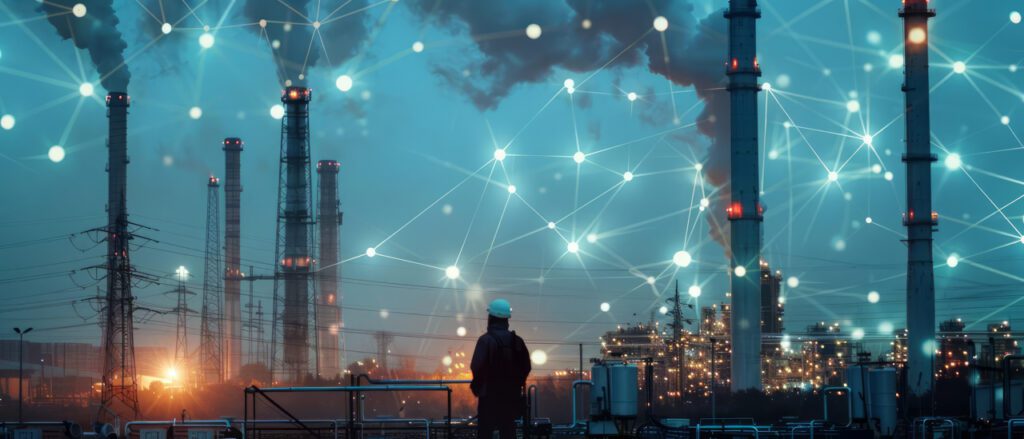
This study evaluates the Qube Technologies Emission Platform for detecting methane leaks at oil and gas facilities through 306 controlled releases at rates from 0.1 to 1.38 kg/h. Highwood completed the analysis, and the releases were performed in Alberta, Canada.
The role of emission size distribution on the efficacy of new technologies to reduce methane emissions from oil and gas

The paper illustrates the impact of emission size distribution on the equivalency condition between the OGI and site-wide survey technologies. This work compares results with equivalency modeling conducted by EPA to propose the alternative technology matrix.
Technological maturity of aircraft-based methane sensing for GHG mitigation

This resource evaluates the performance of five aircraft-based methane-sensing platforms—Carbon Mapper, GHGSat-AV, Insight M, MethaneAIR, and Scientific Aviation—through over 700 single-blind measurements of methane emissions ranging from 1 to 1,500 kg(CH4)/h. The study found that these platforms can reliably quantify emissions. The results indicate significant advancements in aircraft-based methane detection, highlighting its readiness for integration […]
Single-blind test of nine methane-sensing satellite systems from three continents

This study evaluated nine methane-sensing satellites through a single-blind test involving 82 controlled methane releases. Detection accuracy was comparable to aircraft-based systems, with quantification error indicating that 55% of estimates fell within ±50% of the metered value. The study highlights the capabilities and limitations of satellite technology for methane detection, especially concerning cloud interference and […]
Single-blind inter-comparison of methane detection technologies – results from the Stanford/EDF Mobile Monitoring Challenge

The article evaluates the performance of various methane detection methods through a controlled, single-blind study. It aims to provide insights into the effectiveness and reliability of different technologies for detecting methane emissions in the natural gas sector. Eleven organizations developing 12 technologies were selected to participate in the MMC – these included 3 truck-, 3 […]
Point sensor networks struggle to detect and quantify short controlled releases at oil and gas sites
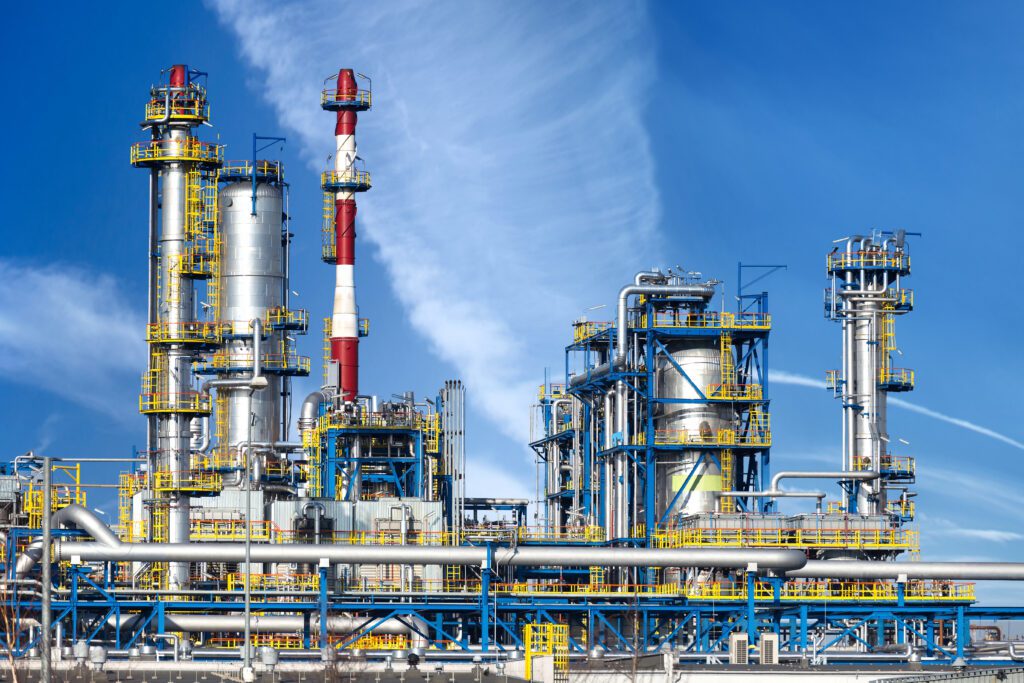
This study evaluated multiple commercially available continuous monitoring (CM) point sensor network (PSN) solutions under single-blind controlled release testing conducted at operational upstream and midstream oil and natural gas (O&G) sites. While controlled testing shows potential, the performance in field conditions is often less effective. The study suggests that current CEM technologies and algorithms require […]
The satellite helping slow climate change
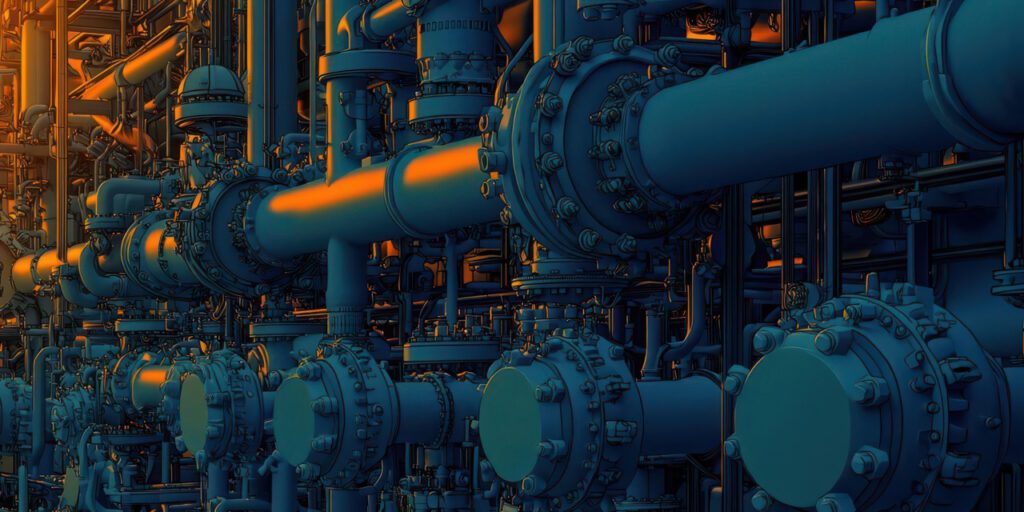
Environmental advocate Millie Chu Baird details the heat-trapping side effects of a planet full of methane — and explains why understanding where it comes from and taking steps to reduce it is the single most important thing we can do to affect climate change in our lifetimes. (MethaneSAT is part of the Audacious Project, TED’s […]
Performance of continuous emission monitoring solutions under a single-blind controlled testing protocol
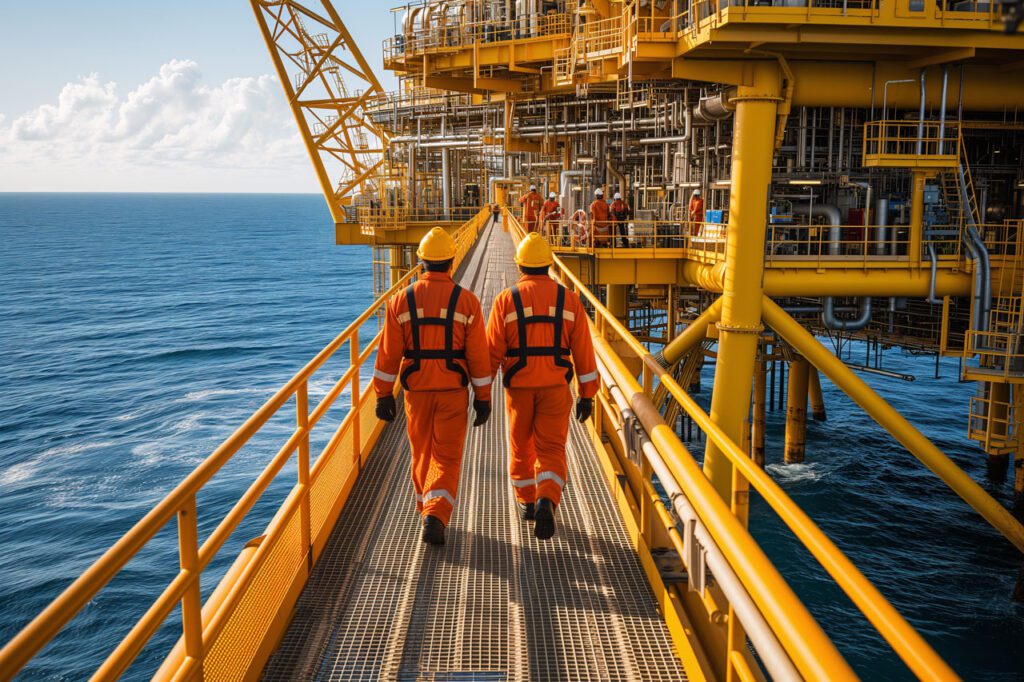
This study evaluated eleven continuous emission monitoring (CM) solutions for detecting methane emissions in controlled conditions. The results showed that while some solutions demonstrated good detection performance, significant variability in detection capabilities and quantification errors was observed. Study indicates that understanding the performance of each solution is crucial before using them for emissions mitigation or […]
